January 4 was World Braille Day and to celebrate we sat down to talk with Kerry Kijewski and Marcia Yale, two of the five authors of the study Improving Braille Availability in Canadian Public Libraries to learn more about the study and what the book industry can do to improve braille accessibility in Canada.
(Scroll down for a transcript of the conversation.)
Want to make sure you never miss an episode of the podcast? You can subscribe for free on iTunes, Stitcher, Pocket Casts, TuneIn, or SoundCloud.
Further reading/listening
Transcript
Aline Zara: Welcome to this month’s episode of The BookNet Canada Podcast. I’m your host, Aline Zara, a Marketing Associate at BookNet.
Earlier this month, on January 4, we celebrated World Braille Day and it got us wondering — what’s the status of braille accessibility in Canada?
To answer this question I had the honour of interviewing Kerry Kijewski and Marcia Yale, two of the five authors of the study Improving Braille Availability in Canadian Public Libraries, both of whom are also braille readers.
Improving Braille Availability in Canadian Public Libraries was first published in 2018 by the National Network for Equitable Library Service or NNELS. It’s a benchmark study into the state of braille accessibility in Canadian libraries, and its impact on the entire book supply chain — from publishers to readers. What would improve the availability of braille in Canadian public libraries? They outline five key recommendations:
Encourage publishers to publish accessibly and encourage libraries to favour accessible books and platforms in their procurement practices.
Request federal funding for refreshable braille displays.
Develop a distributed, shared, hard-copy braille collection for Canadian public libraries.
Produce hard-copy, embossed braille upon reader request.
Support braille and alternate format expertise in public libraries.
In our conversation, Marcia and Kerry tell us more about the study and what we can do to improve braille accessibility in Canada.
So, tell us a bit about the study — who each of you are and how you got involved.
Marcia: I'm Marcia Yale, and I'm currently the national president of the Alliance for Equality of Blind Canadians (AEBC). I'm an advocate. I've been an advocate all my life. I think it comes with the territory, if you're blind, you have to be an advocate, either that or you lose out on a lot of things that are your rights. How I got involved with the braille study was that NNELS got a little bit of money back in 2018 to do a study on braille. And I knew a few of the people involved in putting the study together. And so, they asked me if I wanted to do part of it. And I said, "Sure." And I said, "I'd always wanted to."
I was always curious about the Crane Library. So, I said I would do that part. So, the Crane is my little part of it. And that's in under Issue 4, if my memory serves. It talks a little bit about the Crane Library. So, I got to do a little research on that and it was very interesting, and I'm really glad I got involved in this study, but that's basically...AEBC and NNELS had a relationship. And like I said I knew a few people and they invited me to join, and I said, "Sure."
Aline: And what about you, Kerry?
Kerry: Yeah, so, I was in my early 30s when this project came about, and I had just sort of gotten into advocacy. Like I hadn't really been doing a lot of advocating intentionally in any place for many years. I was just... had a lot of other things going on when I was younger. And so, finally, in my 30s, I came across the organization, the Canadian Federation of the Blind (CFB). And I'd only really known of like CNIB or something. So, not even AEBC had I heard of, which is what Marcia is a part of. But, I just got introduced to the CFB through a friend who came back to Canada to do more advocacy again. And I hadn't even heard of NNELS until just a few months before being asked to be on the project. I wasn't even aware it was out there, which is what was so sad to me from the beginning, that if I knew I wasn't even aware of it, that there were a lot more people like me who weren't.
And so, I was still learning about what CFB was and what AEBC is and that there's such a thing called NNELS and how they work. And the fact that being here in my province of Ontario, the reason... part of why I didn't hear about a lot of it was because Ontario was not one of the provinces that was sort of on board from the beginning of NNELS. So we were just hearing different things in this part of the country, I guess. But, getting involved in the CFB, the president of the CFB, Mary Ellen Gabias just told me about this project that I guess NNELS had reached out to them along with other orgs and asked if they had anybody that they might know of who would be good to be on the project. And so, she was gonna get involved and she'd recommended me, just getting to know me as a writer.
And so, yeah, I hadn't met anybody on this project until, you know, the end of 2017 when we started discussing the project. And then, by that following spring, it was out. So, it wasn't expected for me at all. And it was a great experience to be a part of.
Aline: And for a reader of the study, it's a great study to read. I find that it's just so comprehensive about what's really going on and what could be going on in Canadian libraries for braille readers. So, for those of us... I don't read braille. So, for those of us who don't, who might be listening to this podcast, what are the main book formats for braille readers, and what makes them different from each other? Kerry, if you want to start us off on this one?
Kerry: I think I've just been learning a lot about accessible formats in the years since getting involved with everything. So, I was still learning. I sort of came about it, not being the strongest with technology. So, well, always growing up libraries were important to me back when I was a child and I could see large print. I sort of lost touch with them over the years. And, I guess, again, just had some involvement with CNIB library for years where they would just send me braille books in the mail. So, the modern technology era really kind of sprang up on me. And, luckily, I've been able to pick up pieces and bits of it over the years, but really I was reading a lot of hard copy braille books wherever I could get them from, which wasn't much, and then sort of as technology sort of changed in the last decade or so, I just sort of followed along.
And I sort of came and looked at myself with this project as I was the one who wrote the introduction. So, I sort of got to know everybody on the team and got to see what they were all gonna contribute to the paper. And then, I sort of got to gather it all together and sum it up in a way, but I learned so much from everybody, and just everybody at NNELS, and Marcia and everyone else about how to get technology to work to make books accessible. Because it's really, you know, the tool we have these days. We've come a long way since the beginning of braille, which is what I sort of talk about in my introduction and how technology has played such a huge role, but a lot of us struggle to just keep going because it's changing all the time. So, I think maybe Marcia's might be better at this than me. I'm not sure, Marcia, how you read often most times when you read braille, but like I have a braille display and I use it in everything with Bluetooth, but I'm not really the technology person to talk about it. I don't think.
Marcia: Well, I mean, I've read braille ever since I was six, it's been a while. And it used to be the only formats you got were hardcover braille books that came from the States or braille books that were printed on plastic paper, thermaform that came from the CNIB in Toronto or out in British Columbia or you'd get the odd paper-backed book that came from the UK. But now, you've got paper braille which we call... Well, in the study, it's hard copy braille. So, that's your regular braille book in whatever format you wanna call it, whatever it looks like. But then, you've got the electronic stuff. So, you've got the downloadable files that you can then read on your refreshable braille displays, if you're lucky enough to have one of those. And I don't know if you want to have a look at one so that you can describe it for your listeners. Aline, have you ever seen a refreshable braille display?
Aline: I have not.
Marcia: Okay. Well, we can make that happen. So, this is a refreshable braille display.
Aline: It’s about the size of a computer keyboard, but without the lettered button keys. Instead, it has eight large buttons across the top and below it a long row of braille cells. Each braille cell has 6 small pins, clustered in a 2 across by 3 tall rectangle. These pins electronically move up and down to reflect the letters and words on a screen. So, someone reading a braille display would move their fingers across the cells as if they were reading braille on paper.
Marcia: This is a 40-cell. They come in 14, 20, 40, 80. There are some older 32-cell braille displays out there still, probably, that might still be working. But they are still fairly expensive, though the Orbit Reader is less than $1,000, I think for the 20-cell version. This one is still over $3,000.
Aline: Wow.
Marcia: Yeah. They're expensive little devices, but if I take this and my phone, my iPhone with me, I can read a book anywhere because I can read anything that's on my phone. So, I could read a Kindle book or an Apple Book, or even just a document that's on my phone somewhere else, like the braille study.
Aline: Exactly. And does this connect through Bluetooth?
Marcia: It does. Yeah. It does through Bluetooth or to a USB to charge or to connect through to a computer. So, it's very, very convenient. I've only had one for five years now, so, not even five. Well, no, actually, it is five now. Happy birthday. But if we could get more of those out to people and the devices that they need to connect to them, I think we could get back some of the literacy we've lost.
Aline: Yes. Can you walk us through the process of making a braille book or making an electronic book accessible through braille?
Marcia: So, now, what you first need is an electronic file. So, it used to be that you would need to have someone literally braille with a Perkins Brailler, the braille onto paper and then that would be put into a book. Then they had like a printing press accepted its braille plates that would braille. So, again, you had to type in everything into the press, and it would braille a page at a time. It would print the... It would create the plate and then the plate would create the dots. Now, you just need a braille, a reasonably good formatted file (electronic), and you can send it through for a, you know, if you want just a really down-and-dirty version, you can send it through as a word document to a program like Duxbury, which is a braille translation software, and it sends that to an embosser and you can have braille in like minutes. The books they use, they start hopefully with accessible EPUB 3 files, which are then sent to create. Then they pull a word document out of that. And then that goes to the translation software and through to a production style embosser, that can do like 250 pages an hour.
But, you know, the nice thing about it is that if a book starts out accessible, if an ebook starts out as an accessible EPUB 3, then it doesn't take much to turn it into a braille book. There are formatting things that have to be dealt with in between, but if the publisher did that on the way through, if they put the braille formatting codes in on, you know, as they were creating the book, then it takes no time at all to produce braille now. So, there's no excuse to, you know, why we can't have hard copy braille or electronic braille files if we need them. Yeah. Technology has really come a long way.
Aline: Kerry, maybe a question for you. What are some ways non-braille users can ensure braille books keep being produced and read?
Kerry: I think, I mean, braille has been around long enough now that people have heard of it. And so, it remains such a mystery to people who don't ever need to learn it and don't come close enough up against it. You just see it on elevator buttons or something. I think we just all need to talk about it more. And so, yeah, I mean, while I say I'm not strong with technology and I can barely keep up, technology's been awesome and I've learned braille since I was six also. And so, it's such a part of my life, so I understand it isn't for a lot of people who don't need it or whatever, but if we all talk about it more and we see the value in it, instead of everybody thinking it's too hard and nobody's gonna give it a chance and think we don't need it anymore, then we don't see the value in society and what it is.
And then the librarians aren't gonna ask us about it, and they're not gonna think that they can at all understand. And not everybody has to understand everything, but everybody could learn a little bit more about these things to make it seem as valuable as it really is to us for everybody, even if they don't need to use it directly, just to see that it has value in a place of literacy, like a library in Canada. So, I just think we need to keep talking about it and sharing why it matters.
Aline: Yeah, absolutely. Marcia, do you have anything to add to that?
Marcia: Not really. I think people who have never seen braille before should wander into their local library and ask them if they have any and have a look at it, and just, you know, understand that it's our form of literacy. And if it weren't for braille, I wouldn't know how to spell things. Audio is not a substitute. It's a great tool to have, but learning, you know, you still need a way of being able to read a letter at a time. And to have to read a letter at a time. When you're reading, when you're listening to an audiobook or a document being read by a screen reader, you can read a letter at a time, but you don't have to. And braille, like handwriting, it forces you to read a letter at a time and to learn how things are spelled.
And so, I think people have to understand that it's just as important for a blind person to have braille than it is for a sighted person to have print, neither of us could do without that. You know, can you imagine if someone just handed you a, you know, an audiobook and said, "Well, listen to this and learn to read from audio." You can't. You have to be able to see the letters in order to learn how to read and to learn how to spell, and so do we.
Aline: Exactly. So, what does equitable access to books look like for you?
Marcia: Oh, well, I think I have it now because I can now access Kindle and Apple Books, and when books are released, I get them the same day everybody else does. But, if you don't have that technology, then you still need...you need to be able to have a library that's going to have access to that technology that can get you books, you know, as soon as they come out or soon after. equitable access to me would mean the same day that you get a book, I want that book. And it still is amazing to me that I can just go on Kindle and, or pre-order a book, and I get it the same day everybody else does. And I've got a choice, whether I want my phone to read it, whether I wanna read it in braille, I have that choice, but like I said, not everybody does.
So, equitable access to books still needs to include braille hard copy being available. And, I really like the issue and the recommendation in the braille study for one-offs. So, if someone needs a book, it gets brailed for them and that's it. They can either keep it, they can recycle it. They can share it, they can do whatever they want with it. They don't necessarily have to give it back. And so, there doesn't need to be someone, you know, waiting for that book to come back necessarily. And, on the other hand, the person who wanted the book doesn't have to wait until they go looking and, "Oh, sorry. We don't have that. So, we're not gonna do it now." So, I really, really like the on-demand production option and that model. And what's really nice is that that's what's happening now, is that both of the major players in the game, CELA and NNELS are doing the one-offs, and I think that's great.
Aline: Kerry, what does equitable access to books look like for you?
Kerry: Yeah, I mean, like equitable can be many things, whether it is access because of needing, you know, to get the training on technology, so much of that is how we go about it nowadays, or sort of a financially... They have options, right. Because not all of us will then have to go out and get their own braille display, even though many of us want one. But the libraries take a part in that just like how anybody who might, you know, be struggling financially, isn't gonna be able to buy a lot of their books, but that's what a library's for, right? It fills that gap.
And I just think having libraries involved in this, having publishers involved in this, having government involved in what needs to be included, like so that things are accessible from more of the beginning. It brings the publishers in on the discussion, it brings the librarians in on knowing that they have to serve their clients, sighted and blind alike. And so, just having everybody kind of at the table, including listening to what blind people are saying, looks like a good combination, you know, a good sort of recipe for better, more equitable books, I think.
Aline: No, absolutely. Equitable access definitely involves, I think, everyone in the book supply chain. But thinking about the study specifically, what are some of those things that the library can do to help achieve it?
Kerry: I honestly, I wanted to come here, to be honest about all libraries for the wider good, but I'm admittedly quite tainted by what happened with my own library, which has really soured me on things and really just made it like confusing for me personally to proceed. What I see overall is that, yes, having CELA and NNELS, having publishers aware, and having libraries aware that they have to take an active role in the 21st century now where we are is better than what we had before. And, I just think, again, I haven't felt listened to and it's probably just the part of the country I'm in and the librarians I happen to be listening to me, but to make it NNELS a player which they're becoming more and more of one it's like they had to be given a chance. And anytime I spoke up about it, I didn't get enough chance to learn about it because it took me forever to get my library to listen. So, I've never felt very comfortable with my own library. And so, then I sort of just shy away a little bit from it all. So, I wanted to come back here and join the conversation again, just because I don't wanna become bitter about it all. I just want everybody to listen to each other and work together going forward.
Aline: Marcia, do you have anything to add of what a library could do to help achieve equitable access?
Marcia: A library has to listen to its customers and has to figure out how best to serve them. And if some of them need braille, then it needs to go on a hunt for either the book that the customer wants through, you know, the other libraries or it needs to look local and see who's, you know, who are the braille production pieces in that area, the braille producers, and get a book done. The libraries can also push back at the publishers, send us accessible files that we can use. I think the libraries have a really big part to play in this whole equitable access framework. And I'm not a library user...
Aline: What’s discouraged you from using the library to access books, Marcia?
Marcia: It's not that I've been discouraged, I think I've been spoilt. I think what happened to me was all of a sudden I had access to... first, it was Apple Books on my Mac, my first Mac, and all of a sudden I had access to a bookstore, a huge bookstore that had a heck of a lot more than whatever my library would have. And I was never a library junkie except for braille books. I used to get them through CNIB back when I was younger. Then I found Audible.com. So, again, I tend to like to buy my books. I tend to like to own them rather than borrow them and not get to keep them. So, I guess, that's my stupidity, I guess. It's not the financially best way of going about things, but it certainly is how, you know, as soon as I found Audible.com, I stopped paying attention to what the CNIB library was doing because Audible.com was a better source of books than the library was. Again, it had more books, not necessarily as good as going to a bookstore, but it had much more than the library did. So, for me, it wasn't discouraging, it was just, I tend to like to buy my books.
Kerry: I just think it just starts from the basics. The library is just... That there are places librarians are supposed to be curious people. They need to start from the children's section with print braille books. They need to put some effort into showing that we are just as much a part of a public library as anyone else. And so, how do you serve us best starts by listening and starts by making... You know, as a librarian supporting what braille is in literacy in a society, like a healthy society.
Aline: So, thinking about the advocacy, what are some of the biggest reasons why creating these born accessible books, and why is that important?
Marcia: Oh, because it takes away the need to fight. It removes that need to always be fighting. If you have a born accessible book, if it's born accessible as an ebook, it can be turned into other alternate formats really easily. Which means that the stress and all, you know, all of the angst that people usually, you know, as soon as they hear alternate formats, they're like, "Oh my goodness, what's long, you know, how long is this gonna take? How much is this gonna cost?"
Kerry: Intimidating. Yeah.
Marcia: Yeah, it is. And so, but if a book starts out accessible, if it starts out as a great EPUB 3, then it can be turned into a braille-ready file. It can be turned into... Someone who needs large print has the ability to do that on their own tablet, on their own device. Either that or else, someone can print a large print copy for that person so easily. There's just so many different avenues that are opened up if the book starts out accessible if there's not the need to jump through hoops to get to that point.
Aline: Kerry, did you have anything to add on some of the biggest reasons why creating born accessible books are important?
Kerry: Yeah. I think it's just that we all have the right to access information. And one part of our society is always gonna be held back if there's a large amount that they're missing out on compared to everyone else. And if there's things we can do, like I said together librarians, it's not all in the libraries, but a big chunk of it is, librarians and publishers and all of us. And then, I think that we'll just have a stronger society overall. So, I just think this is one of the most worthwhile papers that I've... So, I'm glad I'd be part of it and I've always hoped that it just makes the rounds and librarians read it because whether they're gonna hear from every blind person in Canada, this would at least get them thinking about the right things.
Aline: Exactly. And just a final question. What's one change to the production or distribution of braille books in Canada that would make the biggest difference for you?
Marcia: Oh, I just think that the government needs to shell out some money for some braille displays. Put a braille display and whatever computer, or tablet, or phone that someone needs to connect to that braille display so that everybody who wants it can have access to electronic braille, that would do a lot. And that was one of our recommendations, and it wouldn't take much.
Aline: And what about for you, Kerry?
Kerry: Again, for me, I think it's just, again, for everybody involved to work together better, communicate more so that, you know, we figure out what needs done and how the best way to do it. Because right now, there's not enough people that know about it or know how to use it because it's not well enough supported across the board, across the country, from province and territory to territory. So, I think it'll be hard to get anything on board as far as this sort of piece of it, as long as certain provinces and the governments are not gonna take it as seriously. But, like just showing we all have a role in helping each other access fair and equitable literacy, I guess.
Marcia: I just think that publishers need to buy in and the sooner they buy in the better. And whatever they need, they need to communicate that to the powers that be so that we can get all publishers in Canada to understand how, and to be able to create born accessible ebooks. And I gotta say that most of them are pretty accessible. The ones that hit Kindle or that hit Apple Books, every once in a while there's one that just doesn't play nice, but when it doesn't play nice, it really doesn't, right. There are books where you open the book and it doesn't read at all. I think it's at the point where it's either reasonably accessible or it's completely inaccessible. And I'd like to see those gone, the completely inaccessible, and I'd like to see, like I said, I'd like to see the publishers figure out what it is that they need to make that possible and communicate it, so that we can all help advocate for it. Because in the end that would solve so many problems.
Aline: Thank you Kerry and Marcia for joining us to talk about Improving Braille Availability in Canadian Public Libraries. We hope that this work continues to inspire change across the book industry.
Before we go, I’d like to take a moment to acknowledge that BookNet Canada staff, board, partners, and our makeshift podcast studio, operate upon the traditional territories of the Mississaugas of the Credit First Nation, the Anishinaabe, the Haudenosaunee, and Wendat indigenous peoples, the original nations of this land. We endorse the calls to action from the Truth and Reconciliation Commission of Canada and support an ongoing shift from gatekeeping to space-making in the book industry. And we hope that our work, including this podcast, helps to create an environment that supports that shift. We'd also like to acknowledge the Government of Canada for their financial support through the Canada Book Fund. Thanks again to Kerry Kijewski and Marcia Yale for speaking with us this month. And of course, thanks to you for listening.



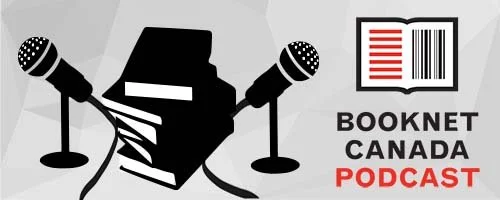
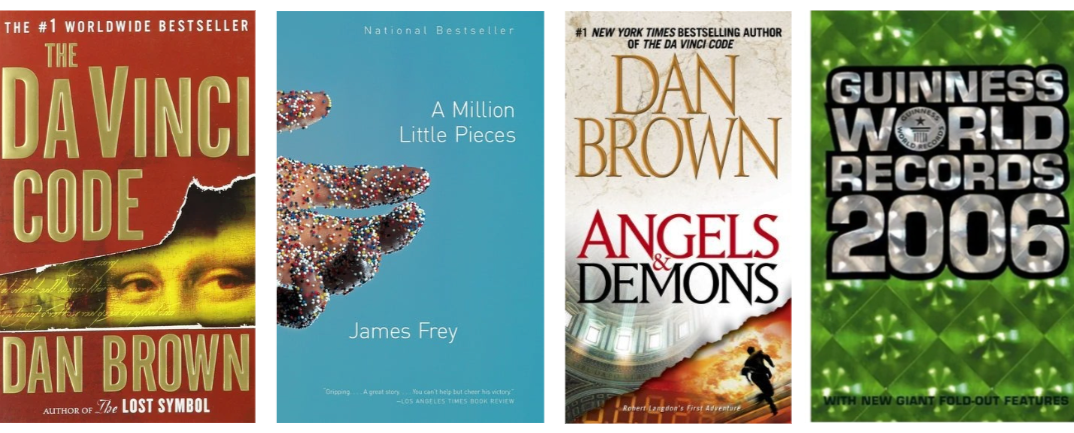


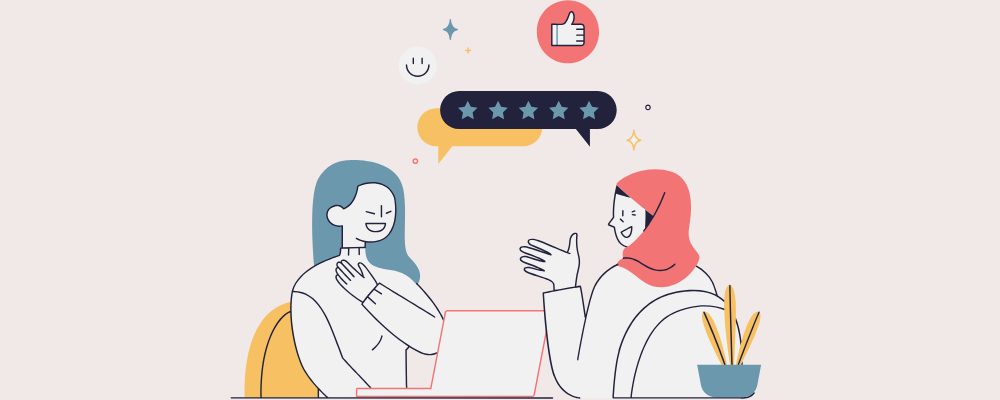


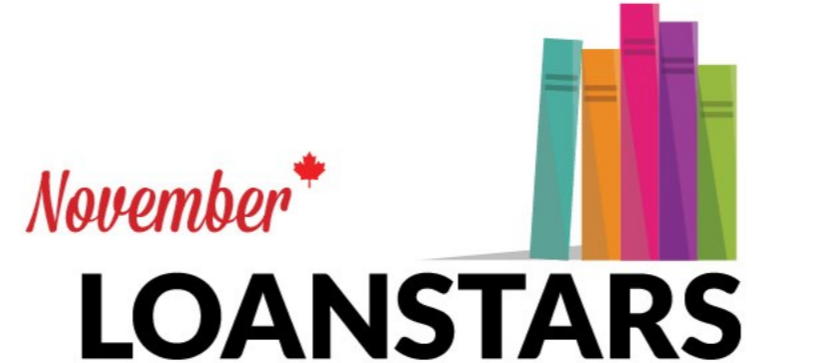
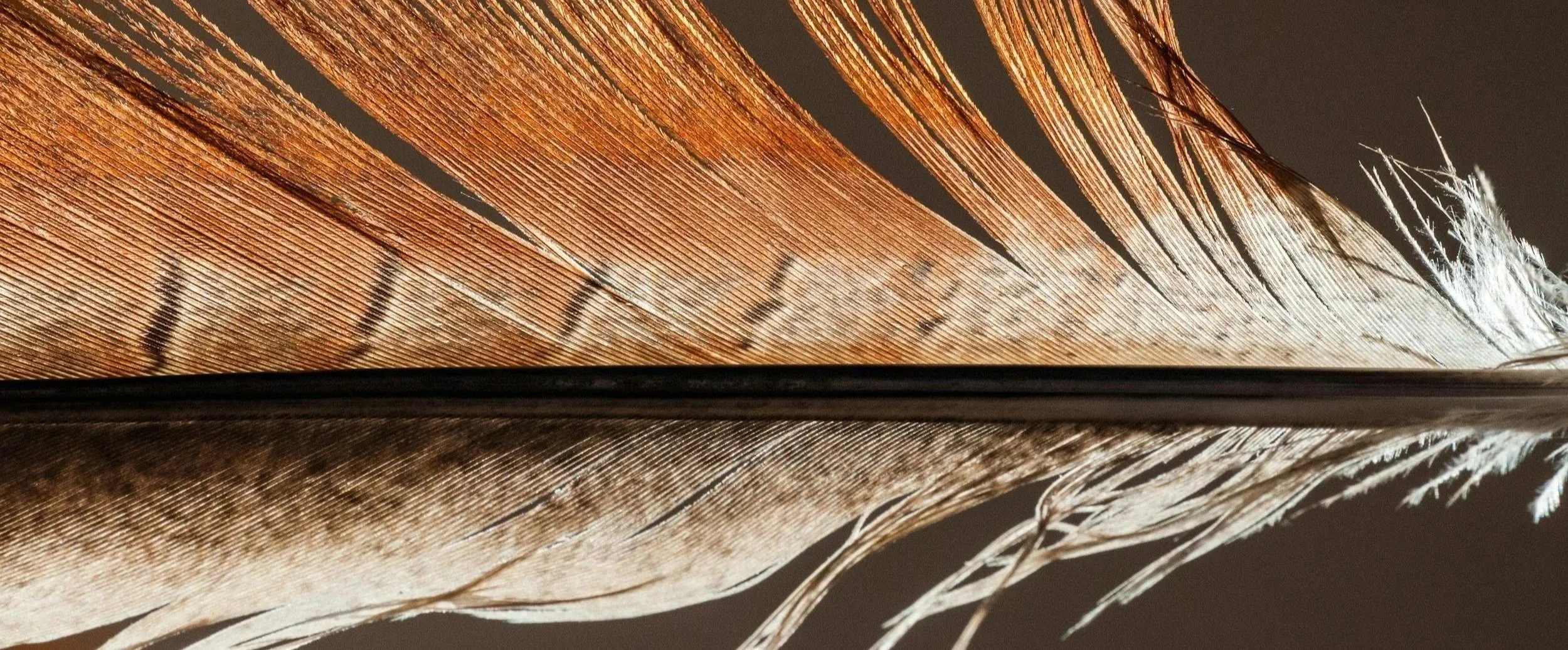


The latest news out of the European Commission.